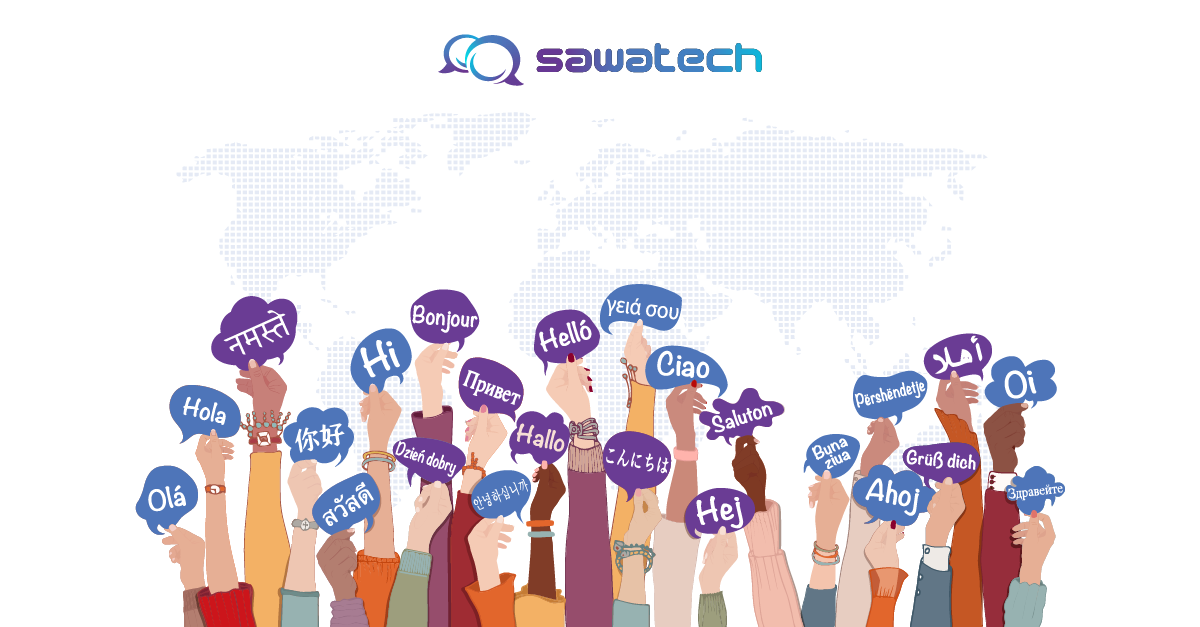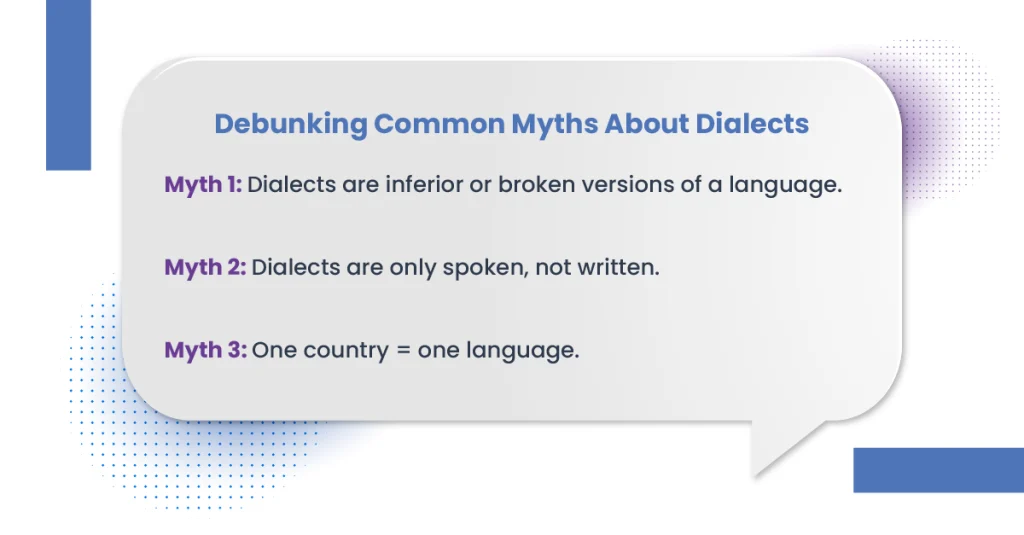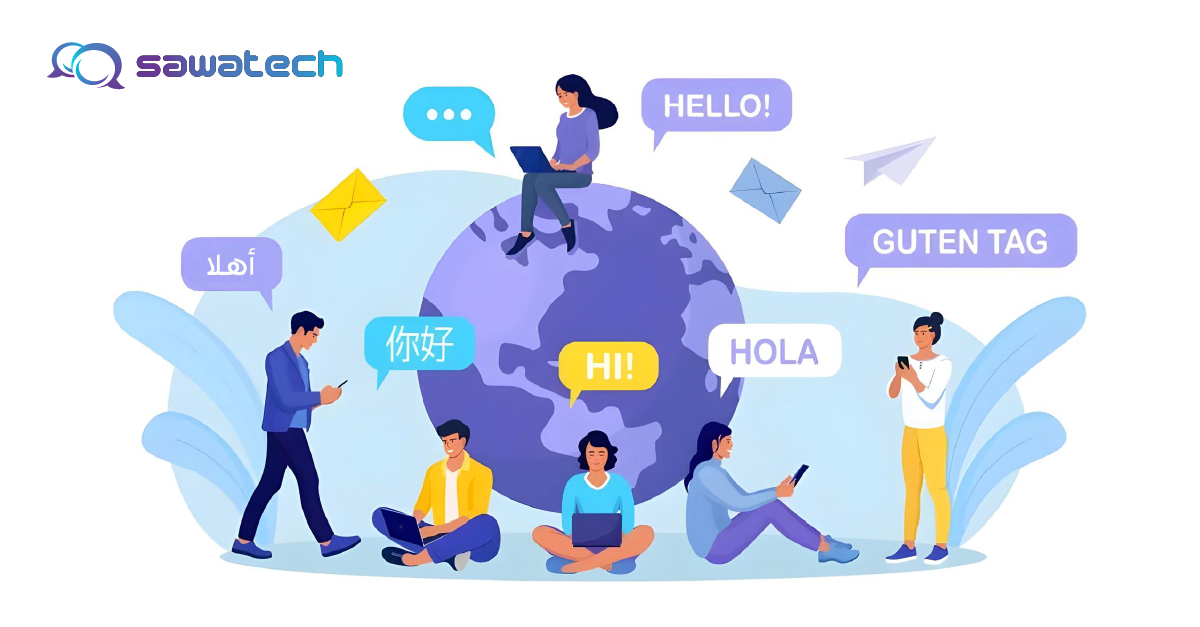The debate around language vs dialect is more than just academic. It’s a crucial distinction that shapes how we understand identity, culture, and communication. While the terms are often used interchangeably, they refer to very different concepts with important implications, especially in fields like translation, localization, education, and policymaking.
Language vs Dialect isn’t just an abstract debate—it’s central to how we shape identity, culture, and global strategy.
In this blog, we’ll break down the differences between language and dialect, explore real-world examples, and explain why understanding the nuances of language vs dialect matters more than ever in our increasingly interconnected world.
What Is the Difference Between a Language and a Dialect?
A language is a complete system with standardized grammar, vocabulary, and often both spoken and written forms. A dialect is a variation of a language, shaped by region or social group, with distinct pronunciation and expressions. For example, American and British English are dialects of English, while Egyptian and Gulf Arabic are dialects of Arabic.
Explore our Arabic Translation Services to navigate the complexities of regional dialects.
The Evolution of Dialects into Languages
Many established languages started as dialects. Over time, geographic separation, cultural shifts, and political movements can cause dialects to evolve into independent languages, especially if mutual intelligibility declines.
Cultural pride often fuels this shift. Communities may campaign for their dialects to gain recognition, especially during national movements. For example, Moroccan and Sudanese Arabic differ so much that they may not be mutually intelligible, but cultural unity keeps them under the “Arabic” umbrella.
This reflects the dialect continuum, where neighboring dialects are understandable, but comprehension fades over distance. For localizers, it’s crucial to treat such “dialects” as unique communication forms.
Mutual Intelligibility and Sociolinguistic Impacts
When Does a Dialect Become a Language?
Mutual intelligibility measures whether speakers of two varieties understand each other without prior study. If yes, they’re often seen as dialects. If not, they may be considered separate languages.
But politics and identity often outweigh linguistics. Mandarin and Cantonese are not mutually intelligible when spoken, yet are called dialects. Conversely, Spanish and Portuguese share high written intelligibility but are separate languages.
Learn more about the Languages Spoken in Kenya and how cultural diversity affects communication.
Language vs Dialect: A Side-by-Side Comparison
| Aspect | Language | Dialect |
| Definition | A system of communication with standardized grammar, vocabulary, and rules, often recognized as an official means of communication. | A regional or social variation of a language with distinct pronunciation, vocabulary, or grammar. |
| Scope | Broader and more standardized, used across multiple regions or countries. | More localized, used by specific communities or regions. |
| Recognition | Often officially recognized by governments and used in education, media, and law. | Typically not given official status; may be considered informal or colloquial. |
| Mutual Intelligibility | May not always be mutually intelligible with other languages. | Usually mutually intelligible with the parent language or related dialects. |
| Standardization | Has standardized rules for writing and grammar (e.g., dictionaries, style guides). | Often lacks formal standardization; rules may vary even within the same dialect. |
| Use in Formal Settings | Common in formal contexts like official documents, media, and education. | Common in informal speech and cultural expressions. |
| Examples | Arabic (Modern Standard Arabic), English, French, Mandarin | Egyptian Arabic, American English, Quebec French, Sichuanese |
| Cultural Identity | Represents a national or ethnic identity. | Reflects regional or community-based identity. |
The Role of Technology in Distinguishing Dialects and Languages
Advances in AI and Natural Language Processing (NLP) are helping identify and translate dialects by detecting subtle linguistic cues. This boosts machine translation accuracy and improves services like voice assistants and localized customer support.
For example, machine learning models are now trained to recognize African dialects, helping bridge long-standing gaps in accessibility and localization. Hyper-localized support increases both cultural relevance and user engagement.
Common Misconceptions About Language and Dialect
Myth 1: Dialects are inferior or broken versions of a language.
False. Dialects are not “lesser” forms; they have their own grammar, vocabulary, and structure. They evolve naturally within communities and reflect rich cultural and linguistic systems.
Myth 2: Dialects are only spoken, not written.
While some dialects are primarily used in speech, many appear in literature, poetry, music, and digital content. From novels to social media, dialects are increasingly used in written form to express identity and authenticity.
Myth 3: One country = one language.
Not true. Many countries are home to multiple dialects and even multiple languages. National borders rarely reflect linguistic boundaries. For example, Arabic, Spanish, and Chinese each include a wide range of regional dialects spoken across different countries and cultures.
Need experts to navigate these nuances? Explore our Onsite Interpreting Services.
Why Understanding Dialects Matters for Businesses
- Improved Localization: Tailoring content to regional dialects enhances relatability and cultural relevance, leading to better user engagement.
- Stronger Brand Trust: Speaking your audience’s language—literally—shows respect for their identity and builds credibility.
- Avoiding Miscommunication: Misusing or ignoring dialectal differences can lead to confusion, offense, or diluted messaging.
- Market Expansion: Recognizing dialect diversity allows businesses to reach broader audiences within the same language group.
- Customer-Centric Communication: Dialect-aware messaging meets people where they are, making communication feel personal and authentic.
- Competitive Advantage: Few brands invest in this level of linguistic nuance—doing so sets you apart in crowded markets.
Make your voice heard across MENA; check out our Arabic Translation Services.
Connect More Deeply with Your Global Audience Today
Want to connect in East Africa? Discover the Languages Spoken in Kenya and how we tailor region-specific localization.





